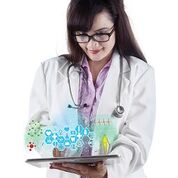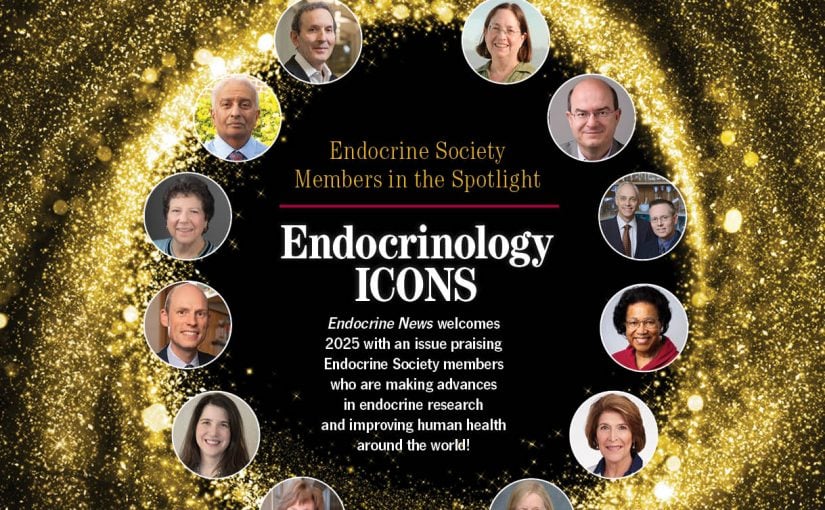
You might have made hotel reservations or downloaded music from your smart phone or tablet, but now you even have the ability to conduct your research from the palm of your hand.
The mobile era has arrived — smart phones and tablets have taken over many day-to-day activities, from ordering takeout to scanning digital boarding passes at the airport. So why not leverage these tools to make lab research easier as well?
Plenty of medical research apps have flooded the market over the past six years or so, but not all have delivered on promised functionality, making some scientists wary of their worth. However, a handful of mobile apps have risen in popularity and demonstrated practical benefits for lab work. Based on user ratings and recommendations from real researchers, here are the top 11 smart device programs for scientific lab work.
For projects involving fluorescence microscopy, this app allows researchers to locate and visualize reagents, fluorescent dyes, and protocols. It’s specifically designed for research involving cell biology and syncs with nearly all major microscope systems.
From finding the right competent cell to identifying the best Anza restriction enzyme, CloningBench offers tools to help guide important decisions in cloning research. Its features include a molar quantities calculator, gene size estimator, bacterial growth timer, and more.
PCalc is one of the highest-rated scientific apps in the mobile sphere. Whether you’re an engineer or endocrinologist, this app’s extensive toolkit of unit conversions and notation features — amid a long list of other calculating abilities — will replace those Texas Instruments dinosaurs in no time. There’s also an Apple Watch version for those who like to crunch numbers on their wrist.
As all researchers know, the lab notebook is the magnum opus of every experiment. It has to be detailed, organized, and precise for a study to be successful. Hivebench seeks to replace the paper notebooks of yesteryear with a mobile version that allows you to securely collaborate with your team and increase efficiency.
Similarly, Evernote is widely used by professionals across a wide range of fields, from business to politics to science, to take notes and stay organized. Unlike Hivebench, it was not designed with lab research specifically in mind. However, it is simple to use and available across multiple devices.
Fluorescence SpectraViewer is the mobile extension of ThermoFisher’s online tool for plotting and comparing spectra. It translates configurations into a simple, printable format that can be shared via email. Researchers can compare up to five emission and five excitation filters per plot on this mobile interface.
This “secure shell” client allows researchers to remotely monitor and control systems from a mobile terminal window. It can start and stop automated laboratory tasks from anywhere, and is especially useful for checking in on big computational projects like genome assemblies. Researchers are also able to make emergency interventions faster — saving countless hours of “clean up” time.
The PubChase app keeps the latest in biomedical publications at your fingertips. Users can search the entire database of literature, in addition to receiving customized recommendations and saving articles to read later. It’s PubMed on your smartphone, anytime you want to use it.
BioGene is a quick reference tool for looking up the genes frequently used in medical research. From zebrafish to yeast, scientists can get the pertinent details about the genes appearing in relevant publications — a great complement to literature apps like PubChase and Docphin.
As all clinicians know, educating patients is key to successful, sustainable care. That’s why the Endocrine Society launched the Hormone Health Network’s “Journey through the Endocrine System” app. This interactive tool teaches users about the essential elements of the human endocrine system to help them better understand the complex processes of their bodies. With 3D visualizations and fly-through animation, patients get an inside-out look at organs, glands, and endocrine disease states and conditions.
The app includes links to further resources on hormone.org, and can be downloaded via the iTunes store.
Awarded “Best App for Doctors” and “Best App for Medical News & Journals” by Apple Inc. in 2015, Docphin is a robust app for tracking and organizing the latest publications in specific topic areas. It’s easy to create alerts for specialties and diseases, and the app will send you an individualized email every week with an overview of the hottest new studies in your field. With the ability to subscribe to your preferred journals and share collections of articles with peers, users can curate the most interesting literature and help keep colleagues up-to-date.
Rather than a singular app, Apple’s ResearchKit is an open source platform that allows scientists to build customized mobile applications for their studies. It doesn’t calculate unit conversions or provide publications; the purpose is actually gathering participant data. Researchers can track and monitor participants through their iPhones, making it much easier to recruit and enroll eligible individuals. Currently, the platform has been used to develop apps for studies related to postpartum depression, diabetes, and much more.
New applications for science are coming out all the time, so it is a good idea to keep an eye on the iTunes and Android app stores for emerging tools that might save time, increase accuracy, and add to your knowledge base, all right from your smart device. There is little to lose by trying out these technologies, especially because many of them are free or very low cost.
If the trend continues, researchers could find their work lives substantially enhanced, both in terms of efficiency and the ability to run experiments remotely. What if you could control all the systems of your study from an iPhone? And collect participant data with a fraction of the in-person hospital visits? Undoubtedly, mobile apps for medical research have the potential to be life changing for scientists and patients alike.
- Mapes is a Washington D.C.-based freelance writer and a regular contributor to Endocrine News. She wrote about the impact of wearables on patient treatment in the November issue.

